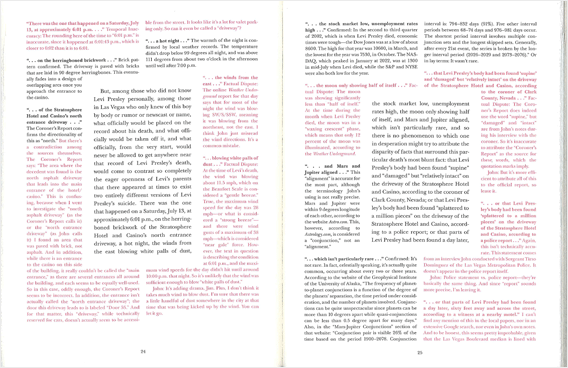“I went blank. I hadn’t known I’d wanted her to say I’m sorry to hear that until she didn’t say it… I started crying.”
In her essay, The Empathy Exam, Leslie Jamison describes her cardiologist when she called her to ask a question about the risk of tachycardia during abortion. Jamison goes on to say, “I needed something from the world I didn’t know how to ask for. I needed people – Dave, a doctor, anyone – to deliver my feelings back to me in a form that was legible. Which is a superlative kind of empathy to seek, or to supply: an empathy that rearticulates more clearly what it’s shown.”
In order to learn how to do this, and lest I make my patients cry unbeknownst to me, I recently participated in a two day conference in Boston, Massachusetts called Compassion in Practice: Achieving Better Outcomes by Maximizing Communication, Relationships and Resilience, where two wonderful things happened.

First, I was introduced to the phenomenal works by various scientists and health care professionals on the topic of compassion in medicine. I was particularly gripped by the work by Tania Singer, a social neuroscientist who mapped out the neural pathways of empathy, compassion and theory of mind. She emphasizes that not only are empathy, compassion and theory of mind different socio-affective and cognitive processes, but that they actually happen in distinctly different parts of the brain. To be exact, empathy, which is the sharing of another person’s feelings, involves the anterior insula (AI) and anterior middle cingulate cortex (aMCC). Compassion, the feelings of concern and care towards another person leading to helpful action, involves networks that have previously been associated with reward processes including the ventral striatum (VS), the nucleus accumbens, the ventral tegmental area (VTA), the medial orbitofrontal cortex (mOFC) and the subgenual anterior cingulate (sgACC). Conversely, theory of mind, which is non-emotional, cognitive perspective-taking of another person’s mental state, involves the ventral temporoparietal junction (TPJ), superior temporal sulcus (STS), temporal poles (TP), medial prefrontal cortex (MPFC) and precuneus/posterior cingulate (PCC).
By using functional MRI, she was able to separate these distinctive networks of empathy, compassion and theory of mind, and to show that they activate AT THE SAME TIME, rather than sequentially. For example, both empathy and compassion networks activate in order to enable someone to feel the pain of another person, while feeling motivated to help at the same time. In other words, there is a dynamic and beautiful interaction between brain networks to allow complex activities to occur simultaneously; sharing the negative affect of suffering of another person does not diminish the positive feelings to want to help that person. In fact, it may be the opposite. Positive feeling from the compassion network may buffer the negative feeling generated by the empathy network.
It was also interesting to listen to Dr. Singer’s distinction between empathic distress: self-related, detrimental emotional process that can lead to erroneous decisions or actions (you feel angry, therefore, I feel angry too) and empathy: other-related resonance of feelings as a necessary condition for compassion. For example, when you identify with an individual’s pain without the awareness that it originates from another person, your emotional identification may cloud your judgment and lead you to commit actions that may not be helpful in the long-run. Therefore, a good healer needs to maintain a therapeutic distance, a healthy awareness that enables sharing of suffering without being disabled by such crippling identification of emotions.
To top it all, she showed in her long-term study which is yet to be published, that compassion can be trained through compassion meditations (I will post another article on this when the study is published). I thought about Leslie Jamison’s cardiologist. Maybe she was trying to avoid empathic distress, to keep a therapeutic distance. Maybe she had her own story of suffering. Maybe she just needs some compassion training…
After the conference, I was filled with hope and joy as it allowed me to imagine a more empathetic world, where compassion can be trained and warmth spreads from person to person as everyone participates in creating a better world. Naive, they may say, but I prefer to call it hoping big and I will continue dreaming and exploring the healing powers within these glorious human qualities.
Share this:




